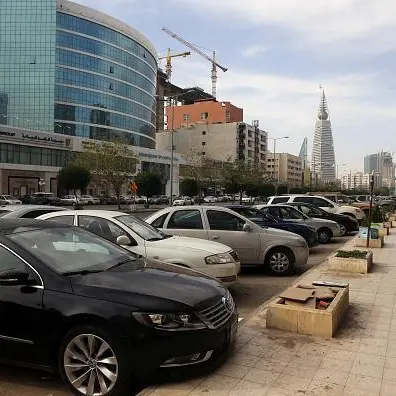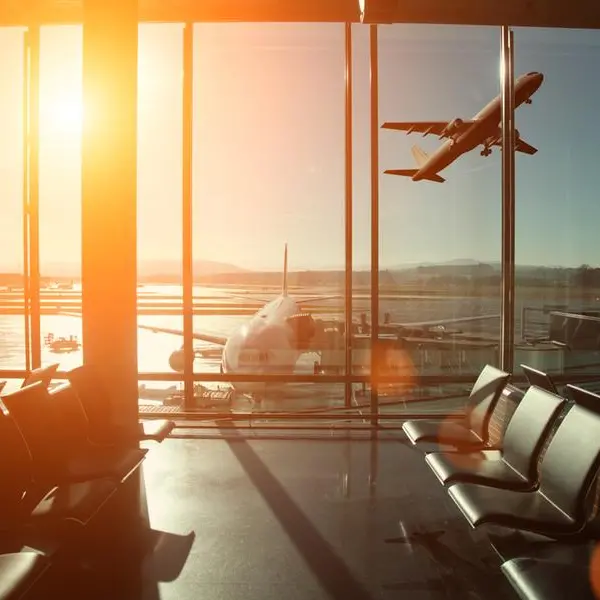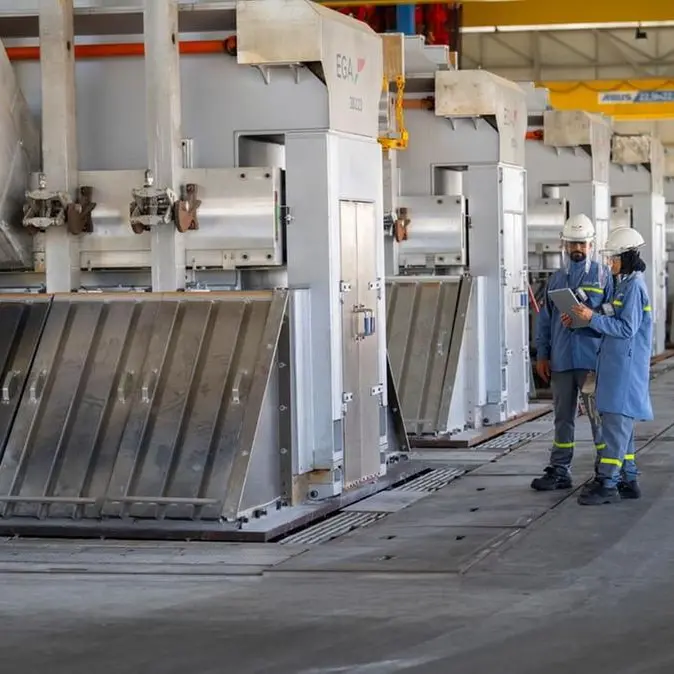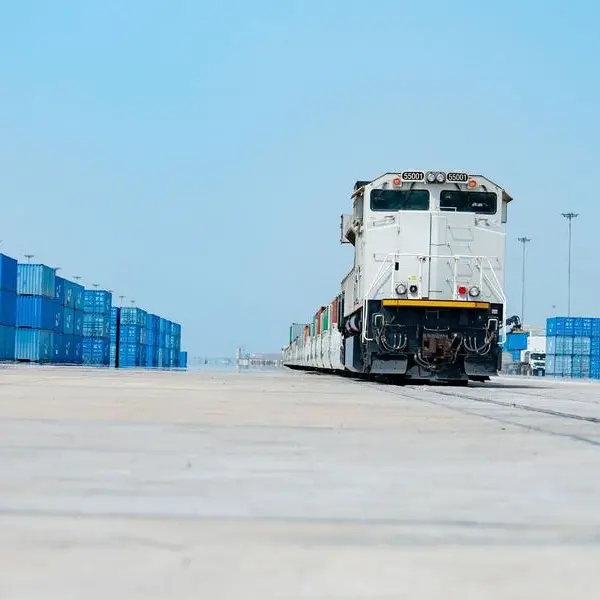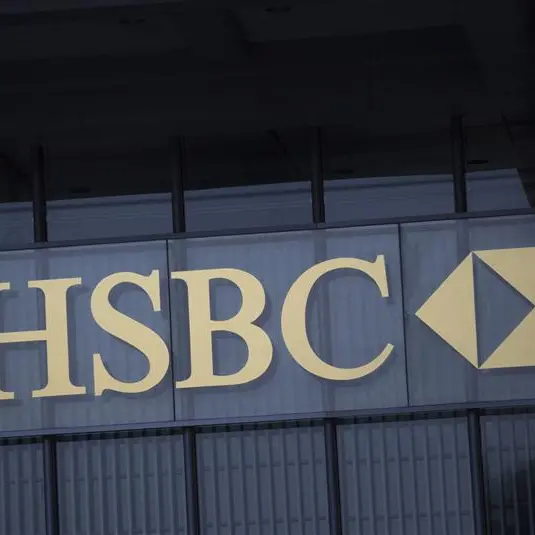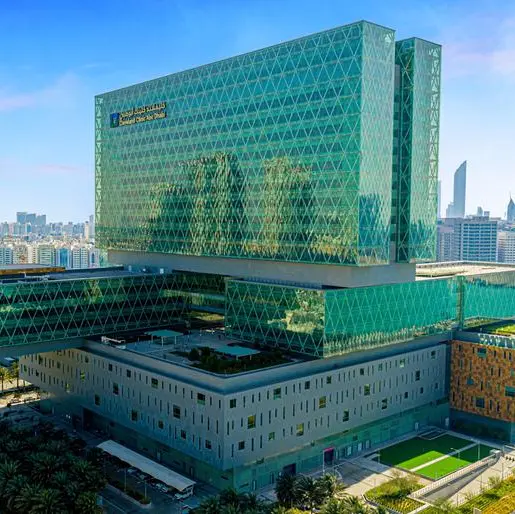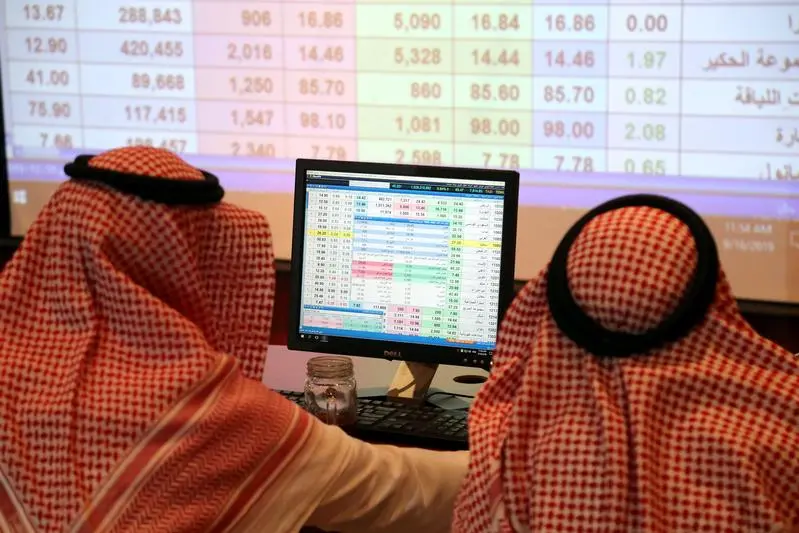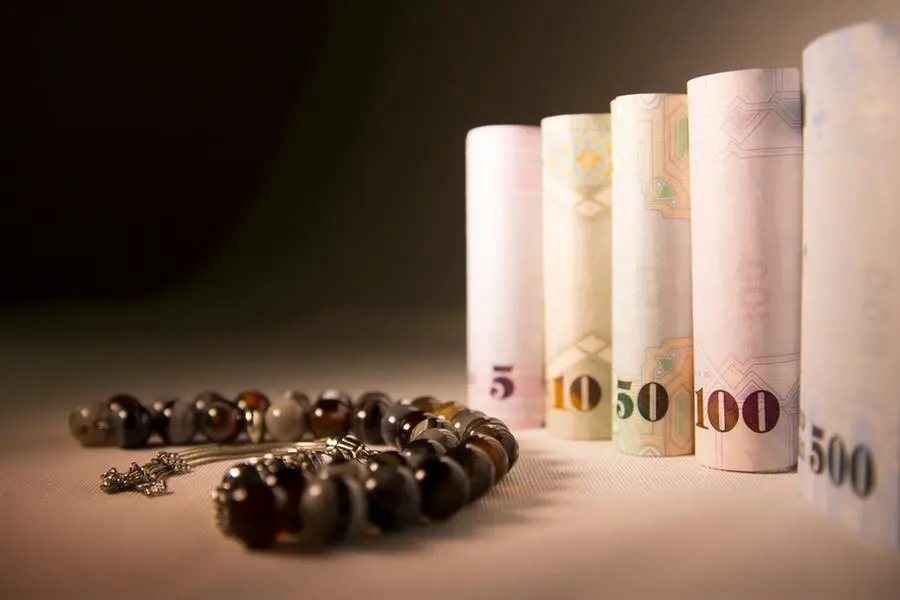As a political logjam eases, analysts are hoping Kuwait may finally embark on long-delayed development projects. While many Gulf governments were spurred on by social tensions to launch fiscal stimulus programs, Kuwait has been under-spending for the past three years.
The government launched its ambitious Kuwait 2035 Vision Programme in 2010, but political deadlock and frequent changes in government have mothballed many of the projects. Delays to projects envisaged in the initial five-year plan have adversely affected delivery of services and resulted in facilities congestion due to population growth.
"Kuwait could now press ahead more decisively with the execution of its development plan as parliamentary gridlock has eased," said the Institute of International Finance in a recent report.
Disputes between elected parliament and hand-picked government have led to dissolution of the assembly on an almost yearly basis since 2006. However, most lawmakers in the current parliament are supportive of the government.
"If the government is able to establish a better working relationship with the National Assembly, there could be some progress on major development projects," the Economist Intelligence Unit said in a monthly report.
There is a huge list of projects that would stimulate the economy and crank up estimated growth rate of 2.6% this year -- far below the average growth rate of 3.4% for regional oil exporters.
At the heart of the program is the USD 105 billion Kuwait Development Plan that was expected to commence in 2010 and end in 2014. It includes a USD 4.2- billion airport expansion, the USD 15-billion Al Zour independent water and power plant project, healthcare and transport infrastructure, and even brand new cities that was expected to be a major business hub and investment magnets.
WEAK CAPITAL SPENDING
The National Bank of Kuwait noted that capital spending in the first 10 months of the fiscal year reached just over KWD 800 million - its lowest level in five years for this stage of the year.
"The pace of capital spending has yet to pick up from the weak rates seen in the previous two years. It stood at around 32% of the full-year budget in January, compared to a 5-year historic average of 43%," the bank said. "As progress on government projects has not moved forward as fast as had hoped, we have revised down our forecasts for capital spending growth in FY2013/14 to just 1% - little changed from last year."
NBK said that it expected overall spending growth to end up at around 4% this year, down from a hefty 16% in the 2012-2013 fiscal year.
Thanks to its oil revenues, the country generated the world's second highest external surplus relative to the size of its economy of about 39%, and also the world's second highest budget surplus, based on the same criteria. And with a budget breakeven price of USD 52 per barrel - the lowest among its peers - Kuwait authorities may yet believe they don't need to be rushed.
Meanwhile, calls for meaningful reform are rising. The country' central bank governor warned in April that the government must "diversify the sources of national income" and cut electricity and water subsidies.
Subsidies, particularly for electricity and fuel, constitute about 7% of GDP in the budget (25% to total expenditure), engendering wasteful consumption, and taking resources away from core government spending priorities, warned the International Monetary Fund.
A NEW PLAN
Analysts believe a second five-year development plan would be the perfect tonic for the lethargic economy. Many of the stalled projects may be revived and especially in areas that are impacting Kuwaitis such as power blackouts.
Creating jobs for 77,550 Kuwaitis in the public and private sector, apart from building nearly 37,000 housing units by 2017 are other key areas of focus.
"Infrastructure will remain an important focus of the development plan, which will include expansion in air/ seaport capacity, rail, power stations, hospitals, and new housing," the IIF said.
"The development plan envisages public-private partnerships (PPP) in infrastructure and services to finance a sizable portion of projects. An example is in electricity generation where the government also guarantees purchase of production," it added.
The oil and gas sector also needs revitalising and the refinery segment of the industry may also secure much-needed funding. In addition, a law to attract foreign direct investment was also approved in 2013, which should stimulate interest among investors.
The feature was produced by alifarabia.com exclusively for zawya.com.
© Zawya 2014
